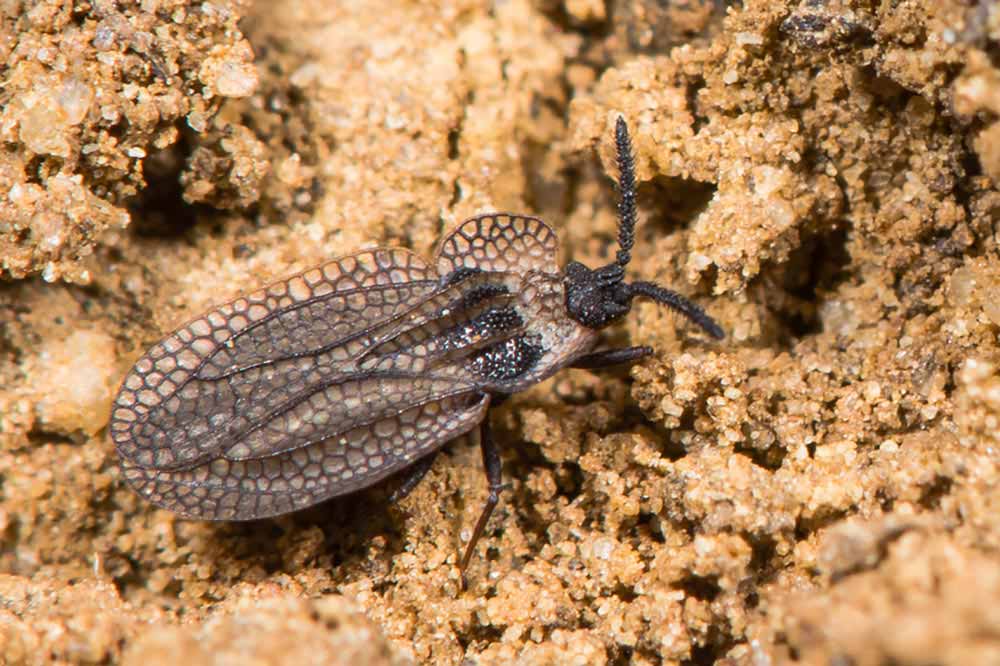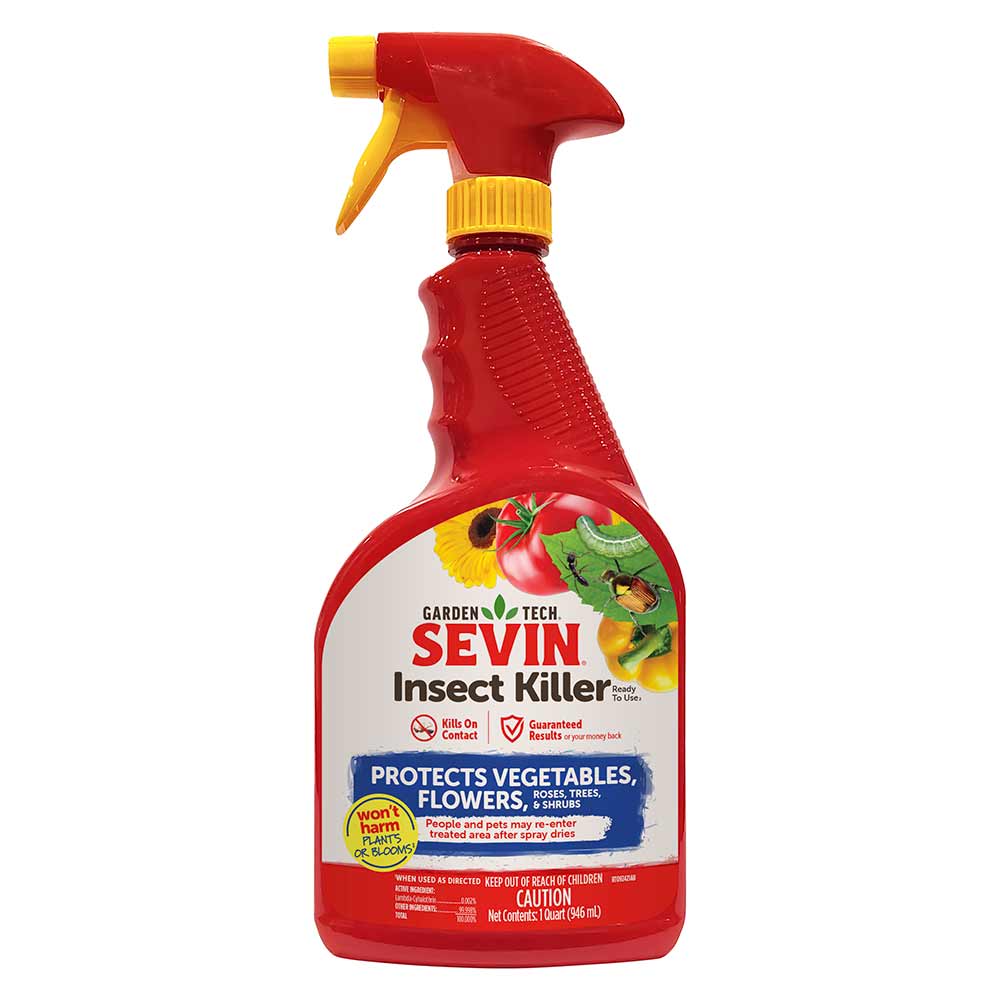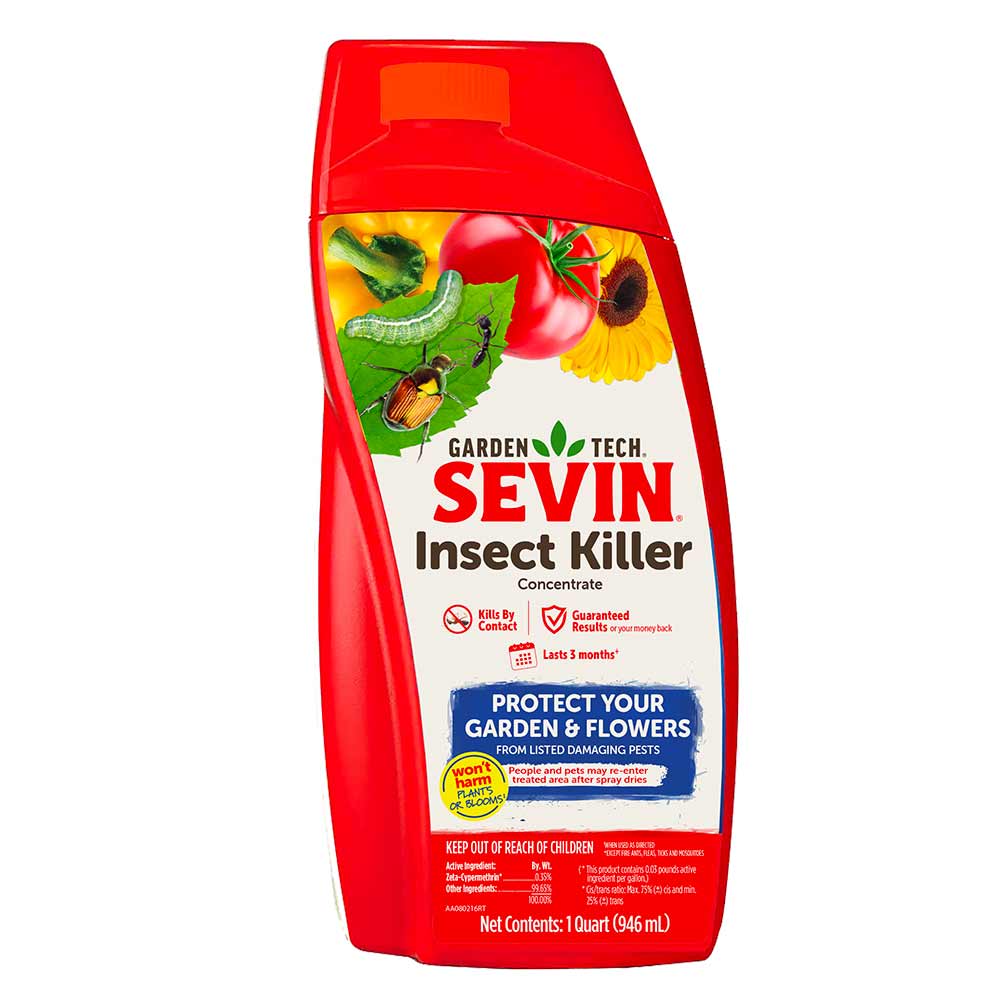Lace Bugs









Lace bugs strike many types of plants, but they favor ornamental trees and shrubs. Like aphids, different lace bug species often target specific plants or plant families, which inspires common names such as azalea lace bug or sycamore lace bug. Lace bug eggs hatch into nymphs, which molt several times on their way to adulthood and get larger and hungrier as they mature. From egg-laying to feeding, lace bugs focus on the undersides of plant leaves. They often go undetected until damage shows.
Lace Bug Identification
Depending on the species, lace bugs grow from 1/8 to 1/3 inch long. Their bodies and wings have raised ridges and intricate, semi-transparent surfaces that create a lace-like effect. Lace bug nymphs are small, wingless and covered with spines. Lace bugs cover their small, oval eggs with a protective layer of black, varnish-like excrement when they lay their eggs.
Signs or Damage of Lace Bugs
Lace bug adults and nymphs damage plants by piercing the undersides of leaves and sucking out plant juices. As nymphs molt, their castoff skins remain attached to the lower leaf surface. Damage shows on the upper sides of leaves as numerous small, pale spots that sometimes merge together. Unlike thrips and other pests that produce similar damage, known as stippling, lace bugs cover lower leaf surfaces with extensive dark excrement.
How to Control Lace Bugs
Effective lace bug treatment starts early in the year, before damage and multiple generations of these pests occur. Cover all plant surfaces thoroughly, giving special attention to the undersides of leaves. GardenTech brand offers several products that kill lace bugs and protect your plants:
- Sevin Insect Killer Ready to Use2, ideal for targeted spot treatments and small gardens, kills lace bugs on contact. The container's adjustable nozzle lets you control the width of the spray for added precision when you treat.
- Sevin Insect Killer Concentrate, used with a pump-style sprayer, provides an economical way to treat larger areas. Use the measuring cap to measure the concentrate into your sprayer, add the recommended amount of water, and mix well. This concentrate kills by contact, then keeps protecting against lace bugs for up to three months.
- Sevin Insect Killer Ready to Spray, attached to a standard garden hose, measures and mixes automatically as you spray. This product simplifies covering larger plants and areas thoroughly and uniformly. It kills lace bugs by contact and protects against lace bug damage for up to three months.
Lace Bug Control Tip: Lace bug eggs overwinter on plant foliage. Adults overwinter in protected spots, such as fallen leaves and garden debris. Clean your garden areas thoroughly at season's end and dispose of leaves and other plant litter.
Always read product labels thoroughly and follow instructions, including guidelines for listed plants and pests, application frequencies and pre-harvest intervals (PHI) for edible crops.
GardenTech is a registered trademark of Gulfstream Home and Garden, Inc.
Sevin is a registered trademark of Tessenderlo Kerley, Inc.
Photo Credit:
"Sycamore Lace Bug" by Gilles San Martin licensed under CC BY-SA 2.0
"Azalea lace bug (Stephanitis pyrioides)" by Tracy Wootten at University of Delaware (Bugwood.org) licensed under CC BY 3.0 US
"Pea: Leaf injury due to Cotton lace bugs (Corythucha gossypii)" by Scot Nelson licensed under CC BY 2.0
"Pea: Leaf injury due to Cotton lace bugs (Corythucha gossypii)" by Scot Nelson licensed under CC BY 2.0
Is this not your insect?
View all Insects


